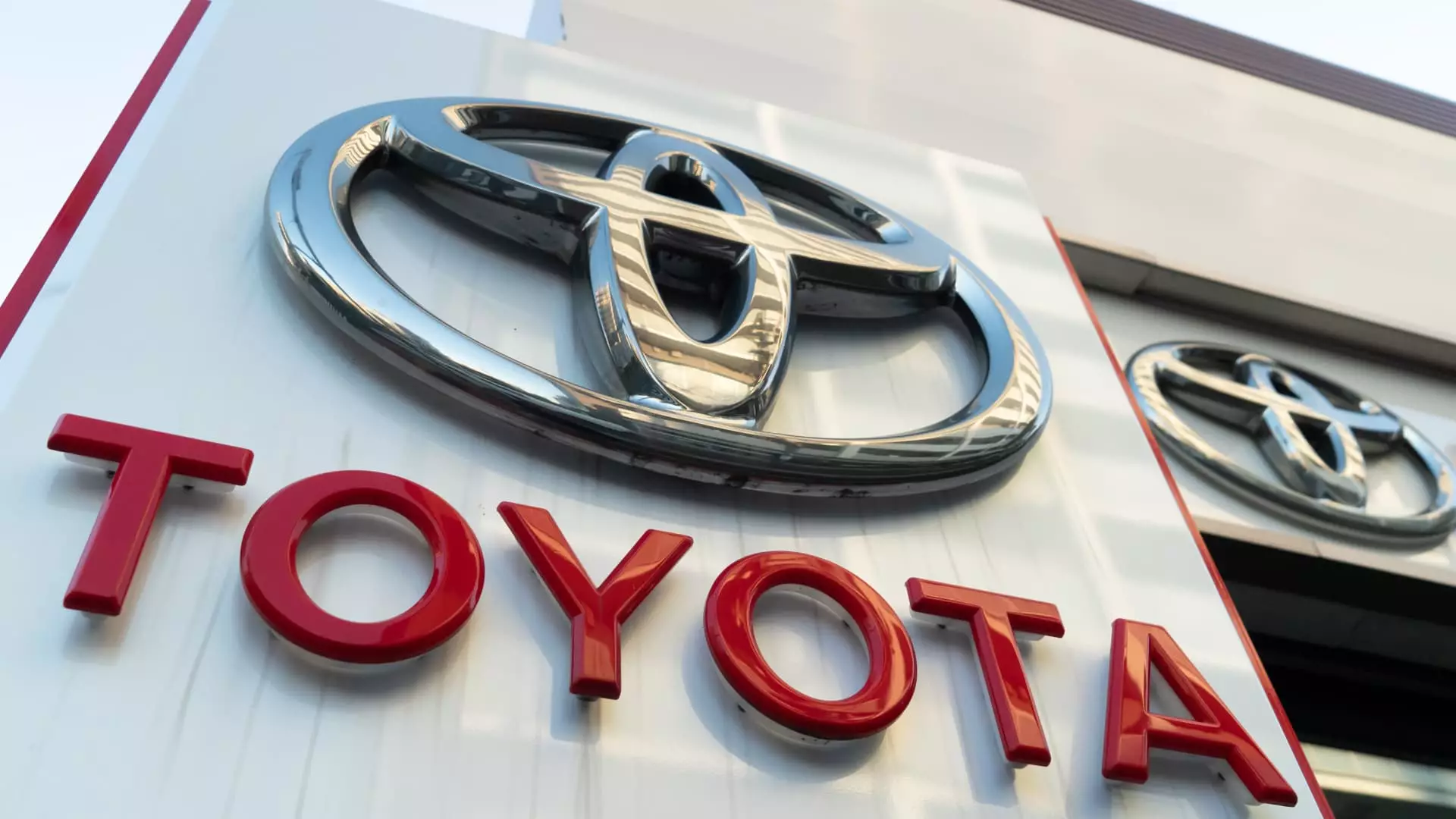The automotive industry is poised for significant transformation as electric vehicle (EV) mandates, spearheaded by California, loom on the horizon. In a recent statement, Toyota Motor’s North America Chief Operating Officer, Jack Hollis, raised serious concerns about the feasibility of these ambitious regulations. With a goal that targets 35% of vehicles sold in 2026 to be zero-emission vehicles, the expectations seem exceedingly high, especially given recent sales data reflecting a national average of merely 9% for EVs and plug-in hybrids. This article delves into the implications of these mandates, their potential impact on consumer choice, and the broader ramifications across the automotive landscape.
California’s Air Resources Board (CARB) has established strict guidelines as part of its “Advanced Clean Cars II” initiative, which aims for 100% of new vehicle sales in the state to be zero-emission by 2035. Eleven additional states and Washington D.C. have adopted these regulations, which aim to curb greenhouse gas emissions substantially. However, critics argue that the regulatory framework does not align with current market dynamics or consumer demand. With Hollis stating he has encountered no realistic forecasts supporting the feasibility of these mandates, there lies a palpable tension between regulatory aspirations and economic realities.
Given the disparities in EV adoption rates across states, it becomes evident that imposing a uniform standard may do more harm than good. For instance, while states like California, Colorado, and Washington show higher adoption rates at 27%, 22%, and 20% respectively, others lag significantly, such as New York (12%) and New Mexico (5%). The disparity casts doubt on the wisdom of a singular, aggressive approach, suggesting that a one-size-fits-all policy could lead to unintended consequences rather than the desired environmental benefits.
Hollis voiced a critical perspective, stating that if the mandates remain unchanged, they will likely lead to “unnatural acts” within the car manufacturing sector. This concept raises a crucial point: if manufacturers are becoming obligated to churn out more electrified models in states enforcing these rules, it threatens to distort not only the market equilibrium but also consumer choice significantly. More than simply producing fewer gasoline-powered vehicles, automakers may find themselves forced to prioritize production for states that have embraced these stringent regulations, potentially alienating customers in regions where demand remains tepid for electric vehicles.
This trajectory resonates with broader trends noted in industry discussions. As automakers scramble to realign their product offerings to meet compliance, the potential for a chasm to widen between consumer preferences and available options becomes stark. Buyers, who may still prefer traditional vehicles due to cost, familiarity, or infrastructure constraints, might find themselves restricted or priced out of their choices.
In this context, Hollis’s appeal for a national standard becomes increasingly pertinent. With historical complexities stemming from varying state regulations, a unified approach could mitigate confusion and establish equitable expectations across the entire country. The sentiment among many automakers, including Toyota, urges collaboration among states, regulators, and manufacturers to devise a practical framework that encourages EV adoption without sacrificing consumer accessibility.
Discussions surrounding the potential legal battles stemming from presidential transitions hint at the precariousness of the current EV landscape. The potential for a future administration to challenge states’ rights to set their own emissions standards could lead to further instability, underscoring the need for industry stakeholders to engage proactively in dialogue to avoid backtracking on progress.
The transition to electric vehicles stands at a precipice, with California’s aggressive regulations embodying both ambition and complexity. As industry leaders like Toyota’s Jack Hollis recognize the gaps between policy intentions and market realities, a pivotal moment emerges, calling for nuanced discussions and cooperative solutions. Without these, the dream of a sustainable automotive future may inadvertently roll back the clock on individual choice, financial viability, and broader industry integrity. Thus, as stakeholders gear up for the legislative challenges ahead, a path forward must underscore balance—harmonizing environmental goals with genuine market dynamics to ensure an equitable transition into the era of electrification.


Leave a Reply